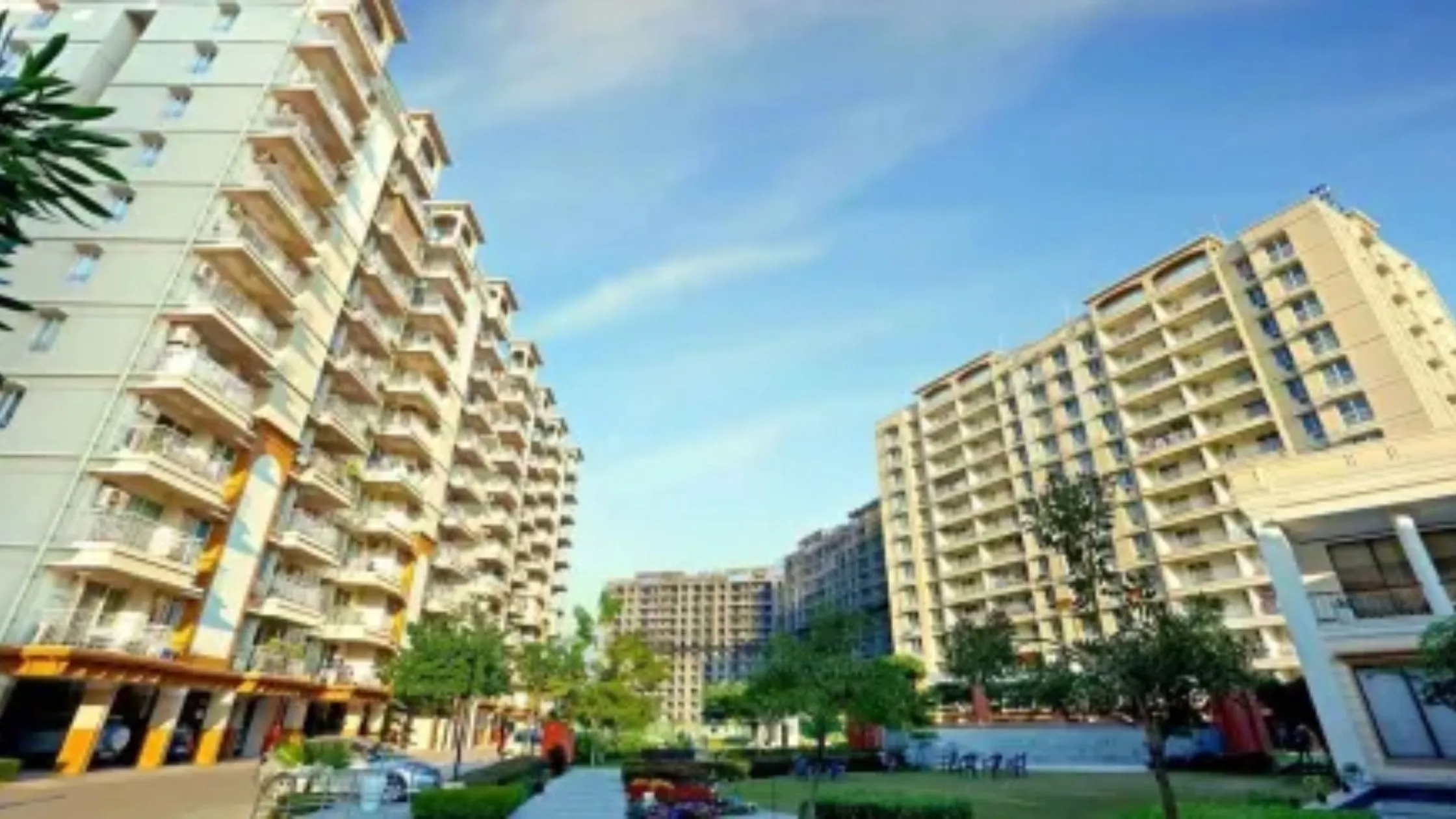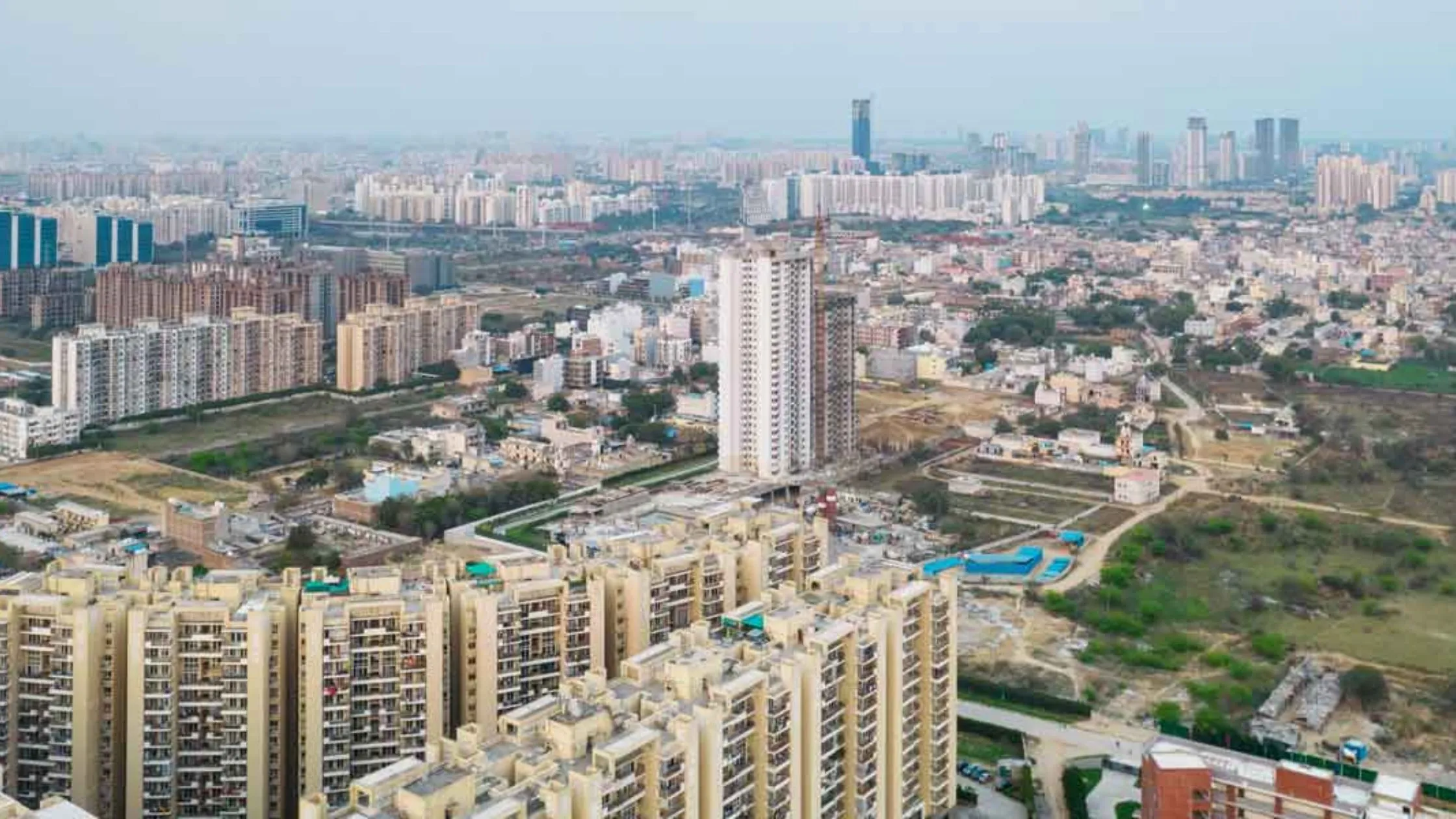Table of Content
The Maharashtra Housing Policy 2025 represents a significant turning point in the housing and urban development paradigm in the state. In the context of an evolving housing landscape in a post-COVID-19 world, the Maharashtra government has proposed a statewide survey of housing conditions and needs as part of the process, in order to take stock of and meet the changing needs of housing. The initiative is in line with the state’s broader aim to improve the accessibility, inclusivity, and affordability of housing for all.
Download Maharashtra Housing Policy 2025 Brochure PDF
Key Highlights of Maharashtra Housing Policy 2025
1. Statewide Housing Demand Survey
The primary tenant of the Maharashtra Housing Policy 2025 is a proposed housing demand survey for all districts of the state. This is to be completed by 2026 and will identify current and future housing needs among income groups and geographic areas (Government of Maharashtra, 2021).
The survey will provide insights into:
- Existing housing conditions.
- Socio-economic profiles of residents.
- Access to essential infrastructure and services.
This data-driven approach is expected to form the foundation for future policy formulation and the prioritization of housing projects.
2. Comprehensive Data Collection
The survey’s methodology focuses on collecting detailed data that reflects the unique housing dynamics of each district.
Key Factors Considered:
- Migration trends and rental housing patterns.
- Demand for affordable, rental, and specialized housing categories.
The findings will help align the state’s housing supply strategies with ground-level realities, ensuring effective and targeted planning.
3. Focus on Vulnerable Populations
A core component of the policy is inclusivity. The survey will prioritize understanding housing needs for:
- Economically weaker sections (EWS) and low-income groups (LIG).
- Senior citizens, working women, students, and persons with disabilities.
By emphasizing these groups, the policy seeks to promote equitable housing solutions that cater to the most vulnerable.
Follow AquireAcers Whatsapp Channel to Stay Updated With The Latest Real Estate News
4. Government Land Bank Survey
Alongside the assessment of housing demand, the policy comprises a survey of government land banks by district. The survey is due to be completed by March 2026 and will focus on identifying available land parcels that may be appropriate for public housing projects.
5. Ambitious Affordable Housing Targets
The Maharashtra Housing Policy 2025 has set a target to build 35 lakh affordable homes by 2030. The proposal's ₹70,000 crore investment outlay clearly indicates this effort is important to the state, as it tries to reduce housing affordability issues being faced.
6. Incentives for Senior Living Housing Projects
To support specialized housing, the policy introduces a significant incentive for senior living housing projects. Buyers of such properties will benefit from a reduced stamp duty of ₹1,000, down from the existing 5% to 7% of the property value, depending on location.
Post-COVID-19 Housing Trends and Their Impact
The COVID-19 pandemic has significantly influenced housing preferences, leading to shifts in consumption patterns and demand:
- Increased Demand for Rental Housing: Urban migration and economic challenges have spurred the need for rental housing solutions.
- Preference for Affordable Homes: Financial constraints have heightened the demand for affordable housing, especially among lower-income groups.
- Focus on Livability: Access to healthcare, open spaces, and digital infrastructure has become a priority for homebuyers.
By addressing these trends, the Maharashtra Housing Policy 2025 aims to align its strategies with the changing aspirations of residents.
Implementation and Expected Outcomes
The statewide housing demand survey is expected to bring several benefits:
- Enhanced Policy Formulation: Data-driven insights will enable the state to develop policies that are both effective and inclusive.
- Regional Balance: Understanding district-wise needs will help bridge urban-rural disparities in housing development.
- Targeted Resource Allocation: The survey will guide resource prioritization, ensuring that funds are directed toward areas with the greatest demand.
Conclusion
The Maharashtra Housing Policy 2025 is a transformative attempt to redefine the housing landscape of the state. The policy embodies comprehensive survey, inclusive strategy and bold targets to response the diverse and changing housing characteristics of its population.
As the journey begins, timely implementation and collaboration of stakeholders will be keys to achieving its vision of affordable and equitable housing for all. The policy articulates the state’s commitment to responding to the challenges of the post-pandemic era, but more importantly lays the groundwork for sustainable urban development in Maharashtra.
Download Maharashtra Housing Policy 2025 Brochure PDF








Ans 1. The Maharashtra Housing Policy 2025 is an initiative by the Maharashtra government aimed at addressing post-COVID-19 housing demand through a statewide survey, inclusivity, and the creation of 35 lakh affordable homes by 2030.
Ans 2. The survey aims to identify current and future housing needs across income groups and regions, assess housing conditions, and gather data to formulate effective housing policies.
Ans 3. The policy emphasizes understanding and addressing the housing needs of economically weaker sections (EWS), low-income groups (LIG), senior citizens, working women, students, and persons with disabilities.
Ans 4. The policy aims to construct 35 lakh affordable homes by 2030, backed by an investment outlay of ₹70,000 crore.
Ans 5. The policy offers a reduced stamp duty of ₹1,000 for senior living housing projects, significantly lower than the current rate of 5% to 7% of the property value.
Ans 6. The pandemic has shifted preferences towards rental housing, affordable homes, and properties with improved livability, such as access to healthcare and digital infrastructure.
Ans 7. The land bank survey, to be completed by March 2026, identifies available government land parcels suitable for public housing projects, ensuring efficient land utilization.
Ans 8. By collecting district-wise data, the policy aims to address urban-rural disparities and prioritize housing developments in areas with the greatest demand.